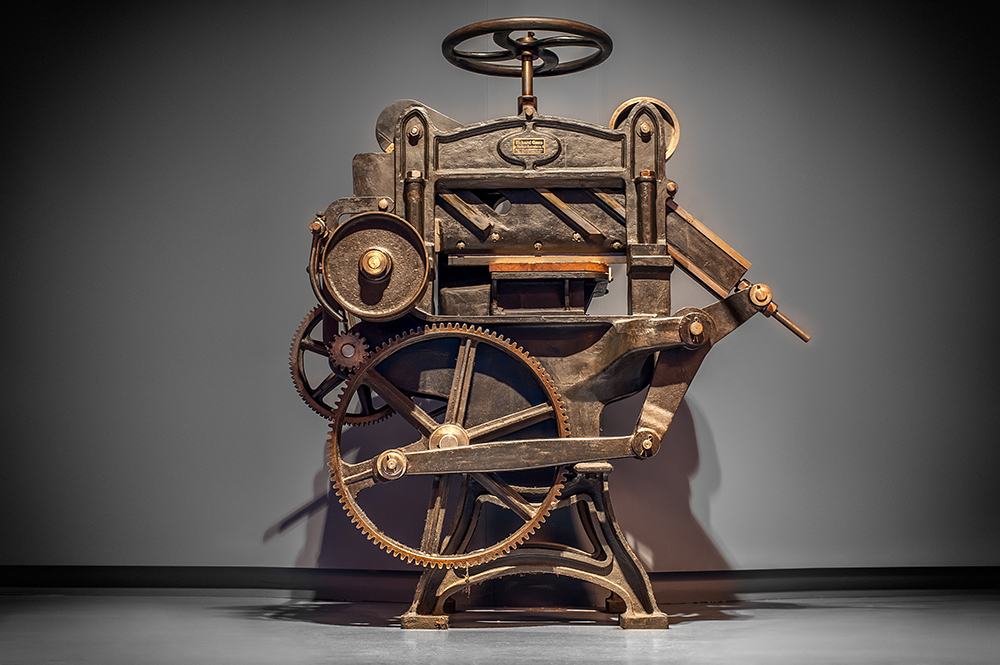The art of printing has been around for centuries and appears to have originated in China around 220 AD with the first printing press being invented in Europe around 1440 AD. Since then, its development and impact on society have been significant and with the recent advent of 3D printing, this is set to continue.
Here is a brief overview of the major milestones in the history of printing methods:
220 AD – Woodblock printing
The earliest known form of printing was woodblock printing, which originated in China around 220 AD. This method involved carving a relief image into a wooden block, which was then inked and used to print onto paper or cloth.
1040 – Movable type printing
Movable type printing was invented once again in China by Bi Sheng in 1040 AD. This method involved using individual characters made of clay or wood, which could be arranged and rearranged to create different pages of text. This innovation greatly improved the efficiency of printing.
1440 – Printing press
The printing press was invented in Europe by Johannes Gutenberg around 1440 AD. It used movable type, metal plates, and ink to print books and other documents. This invention revolutionized the printing industry and helped spread knowledge and ideas throughout Europe.
1796 – Lithography
Lithography was invented by Alois Senefelder in 1796. This method involved drawing an image on a stone or metal plate with a special ink that repelled water. The plate was then wetted and inked, with the ink adhering only to the drawn image. This method allowed for printing of detailed images and colours.
1904 – Offset printing
Offset printing was a development of Litho hence both terms being used for the current method of transferring the ink. Offset was invented by Ira Rubel in 1904, the updated Litho process involved using a rubber blanket to transfer the image from a printing plate to paper. This innovation greatly improved the quality of printing and made it possible to print on a wider range of materials.
1970 – Digital Printing
Digital printing is a modern printing method that uses digital technology to print images directly onto a substrate. This method allows for fast and efficient printing of high-quality images, with no need for plates or other physical printing elements.
2006 – 3D Printing
At the start of the 21st century 3D printing (also known as additive manufacturing) was introduced, a ground-breaking innovation in printing technology. 3D printing enables the creation of three-dimensional objects by layering materials based on digital designs. The technology has found applications in various fields, including manufacturing, medicine, architecture and design. It allows for rapid prototyping, customisation and the production of complex structures that were previously difficult to achieve.
Conclusion
These are just some of the major milestones in the history of printing methods, but there have been countless other innovations and improvements over the years that have helped make printing faster, cheaper and more efficient. If you’re looking for guidance on print and require a print solution, get in touch.
